Cleavages, Institutions and Competition
ECPR Press
The ECPR Press is published by the European Consortium for Political Research in partnership with Rowman & Littlefield International. It publishes original research from leading political scientists and the best among early career researchers in the discipline. Its scope extends to all fields of political science, international relations and political thought, without restriction in either approach or regional focus. It is also open to interdisciplinary work with a predominant political dimension.
ECPR Press Editors
Editors
Peter Kennealy is Deputy Director of the European University Institute library in Florence, Italy.
Alexandra Segerberg is Associate Professor at the University of Stockholm, Sweden.
Associate Editors
Ian OFlynn is Senior Lecturer in Political Theory at Newcastle University, UK.
Laura Sudulich is Senior Lecturer in Politics and International Relations at the University of Kent, UK. She is also affiliated to Cevipol (Centre dtude de la vie Politique) at the Universit libre de Bruxelles.
Cleavages, Institutions and Competition
Understanding Vote Nationalisation in Western Europe (19652015)
Vincenzo Emanuele
Published by Rowman & Littlefield International Ltd
Unit A, Whitacre Mews, 2634 Stannary Street, London SE11 4AB
www.rowmaninternational.com
In partnership with the European Consortium for Political Research, Harbour House, 68 Hythe Quay, Colchester, CO2 8JF, United Kingdom
Rowman & Littlefield International Ltd. is an affiliate of Rowman & Littlefield
4501 Forbes Boulevard, Suite 200, Lanham, Maryland 20706, USA
With additional offices in Boulder, New York, Toronto (Canada), and Plymouth (UK)
www.rowman.com
Copyright 2018 by Vincenzo Emanuele
All rights reserved. No part of this book may be reproduced in any form or by any electronic or mechanical means, including information storage and retrieval systems, without written permission from the publisher, except by a reviewer who may quote passages in a review.
British Library Cataloguing in Publication Data
A catalogue record for this book is available from the British Library
ISBN: HB 978-1-78660-673-0
Library of Congress Cataloging-in-Publication Data
Names: Emanuele, Vincenzo, 1986 author.
Title: Cleavages, institutions and competition : understanding vote nationalisation in Western Europe, 19652015 / Vincenzo Emanuele.
Description: New York : Rowman & Littlefield International Ltd, [2018] | Includes bibliographical references and index.
Identifiers: LCCN 2017048488 (print) | LCCN 2017060082 (ebook) | ISBN 9781786606747 (electronic) | ISBN 9781786606730 (cloth : alk. paper)
Subjects: LCSH: Voting researchEurope, WesternCross-cultural studies. | Political partiesEurope, WesternCross-cultural studies.
Classification: LCC JF1005 (ebook) | LCC JF1005 .E53 2018 (print) | DDC 324.94/055dc23
LC record available at https://lccn.loc.gov/2017048488

The paper used in this publication meets the minimum requirements of American National Standard for Information SciencesPermanence of Paper for Printed Library Materials, ANSI/NISO Z39.481992.
Printed in the United States of America
A mia madre che mi ha trasmesso lamore per la storia
e a mio padre che per primo mi ha spiegato la politica
Contents
Abbreviations
| ADM | Average district magnitude |
| AR1 | First-order autoregressive parameter |
| CRII | Cumulative regional inequality index |
| CV | Coefficient of variation |
| E | Local entrant measure |
| EEA | European Economic Area |
| EFTA | European Free Trade Area |
| EMS | European Monetary System |
| ENEP | Effective number of electoral parties |
| EU | European Union |
| EURII | Index of European institutional integration |
| FGLS | Feasible generalised least squares |
| GEE | Generalised estimating equations |
| GLS | Generalised least squares |
| IPR | Index adjusted for party size and number of regions |
| IVreg | Instrumental variable regression |
| LPD | Left partisan density |
| MAD | Mean absolute deviation |
| MSD | Mean squared deviation |
| OLS | Ordinary least squares |
| PCSE | Panel-corrected standard errors |
| PNS | Party nationalisation score |
| PR | Proportional representation |
| PSNS | Party system nationalisation score |
| RAI | Regional Authority Index |
| SCVw | Standardised and weighted variability coefficient |
| SMD | Single-member district |
| sPNS | standardised party nationalisation score |
| sPSNS | standardised party system nationalisation score |
| TSCS | Time-series-cross-section |
| TUD | Trade union density |
| TV | Total volatility |
| VIF | Variance inflation factor |
In some figures, countries have been abbreviated following the ISO Alpha-2 Country Code: Austria (AT), Belgium (BE), Denmark (DK), Finland (FI), France (FR), Germany (DE), Greece (GR), Ireland (IE), Italy (IT), the Netherlands (NL), Norway (NO), Portugal (PT), Spain (ES), Sweden (SE), Switzerland (CH), the United Kingdom (UK).


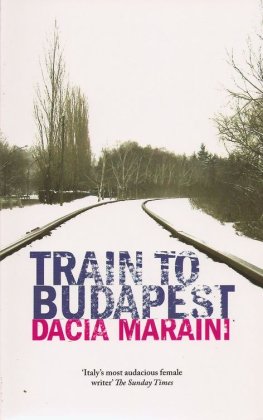
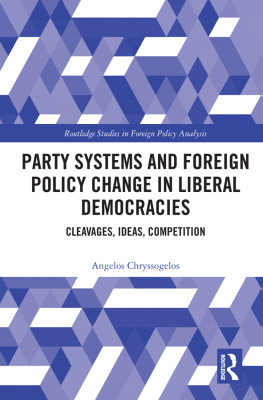
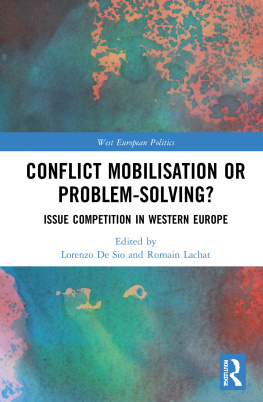
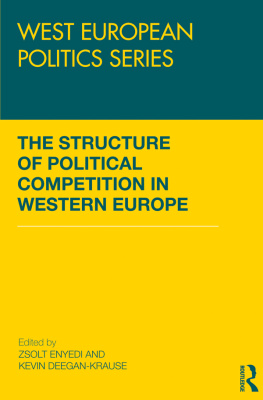





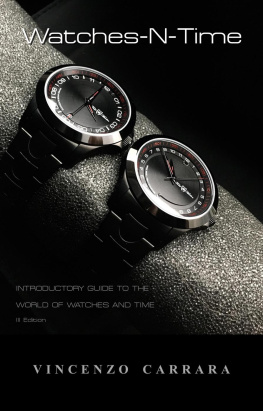
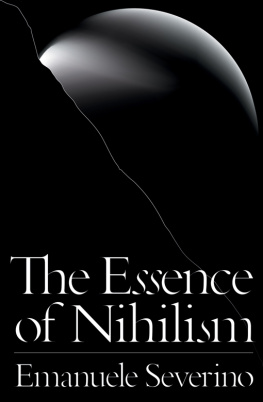


 The paper used in this publication meets the minimum requirements of American National Standard for Information SciencesPermanence of Paper for Printed Library Materials, ANSI/NISO Z39.481992.
The paper used in this publication meets the minimum requirements of American National Standard for Information SciencesPermanence of Paper for Printed Library Materials, ANSI/NISO Z39.481992.